Royal icing is a baker's versatile tool for creating exquisite decorations on treats like cookies and cakes. With key ingredients of powdered sugar, water, and sometimes egg whites or lemon juice, it allows for precise piping and intricate designs. Essential tools include a high-quality piping bag, temperature probes, and a kitchen scale for consistent results. Personalized cookie decorating offers endless design possibilities, from names and monograms to themed imagery. Advanced techniques like piping intricate designs and using multi-colored icing enable the creation of unique, one-of-a-kind cookies that impress. Practice and patience are key to mastering royal icing, ensuring success in crafting personalized cookies.
Unleash your inner pastry artist with the art of royal icing! This versatile medium transforms ordinary cookies into stunning works of edible art. From understanding the basics and choosing the right tools, to creating intricate designs with tips and stencils, this guide covers everything for personalized cookie decorating success. Discover advanced techniques, troubleshoot common mistakes, and elevate your cookie creations like never before. Get ready to bake and decorate like a pro!
- Understanding Royal Icing: The Basics
- Essential Tools for Perfect Consistency
- Creating Unique Designs with Tips and Stencils
- Personalized Cookie Decorating Ideas
- Techniques for Advanced Decorations
- Troubleshooting Common Mistakes
Understanding Royal Icing: The Basics

Royal icing is a versatile and essential tool for creating intricate designs on cookies, cakes, and other confectioneries. At its core, royal icing is a sugar-based glaze made from powdered sugar (confectioners’ sugar), water, and sometimes egg whites or lemon juice for flavor and stability. Its unique consistency allows for precise piping and detailed decorations, making it a favorite among bakers crafting personalized cookies and elegant creations.
Understanding the basic components and properties of royal icing is crucial for achieving consistent results. The powdered sugar provides the sweet taste and smooth texture, while water acts as the primary liquid to achieve the right viscosity. Egg whites or lemon juice add stability, preventing the icing from spreading too quickly and allowing for more control during decoration. By manipulating these elements, bakers can create different consistencies suitable for various techniques, from simple piping to intricate floral designs on personalized cookies.
Essential Tools for Perfect Consistency
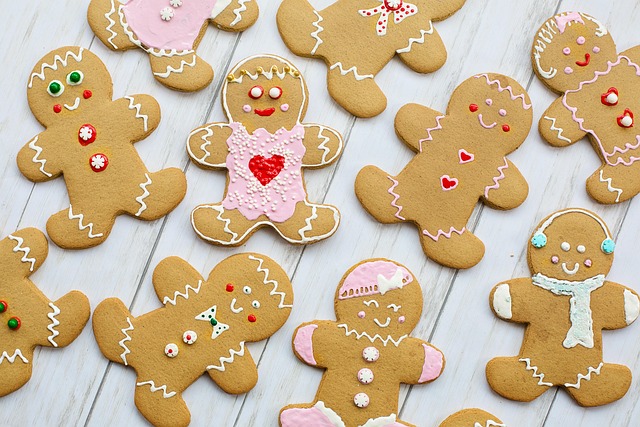
Creating royal icing that’s perfect for decorating personalized cookies requires a few essential tools. Start with a good quality piping bag and tips—these come in various shapes and sizes, allowing you to create different designs and patterns easily. A standard piping tip is great for outlining and flooding, while specialty tips can help you achieve intricate details.
Next, invest in a couple of consistent temperature prods; royal icing hardens at specific temperatures, so maintaining the right consistency throughout preparation is key. Additionally, a kitchen scale will ensure accurate measurements, resulting in a smooth, spreadable icing that sets up nicely without being too thick or runny. These tools, combined with practice and precision, will help you craft stunning decorations for your personalized cookies.
Creating Unique Designs with Tips and Stencils
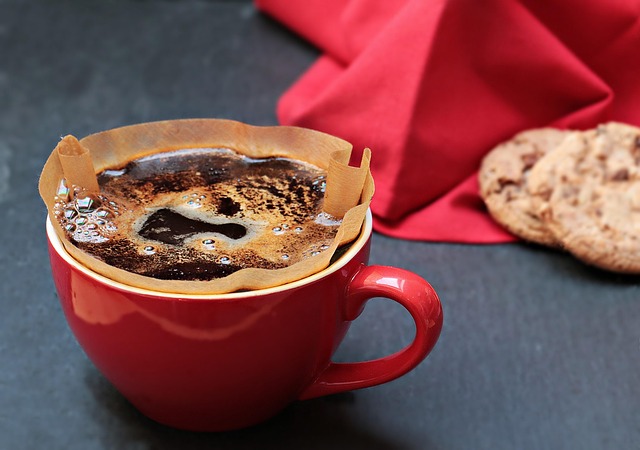
Creating unique designs is a fun aspect of royal icing, allowing for endless creativity when decorating cookies. One effective method is using tips to form intricate patterns and details. Different-sized nozzles enable the creation of thin lines, swirls, or even florals with precision. By controlling the flow of icing, bakers can craft elaborate designs that stand out.
Additionally, stencils offer a straightforward way to achieve consistent patterns. They are particularly useful for creating personalized cookies with names, messages, or logos. Simply place the stencil on the cookie, pipe the royal icing through, and lift the stencil to reveal a clean, detailed design. This technique ensures accuracy and allows for batch production of identical, customized cookies.
Personalized Cookie Decorating Ideas
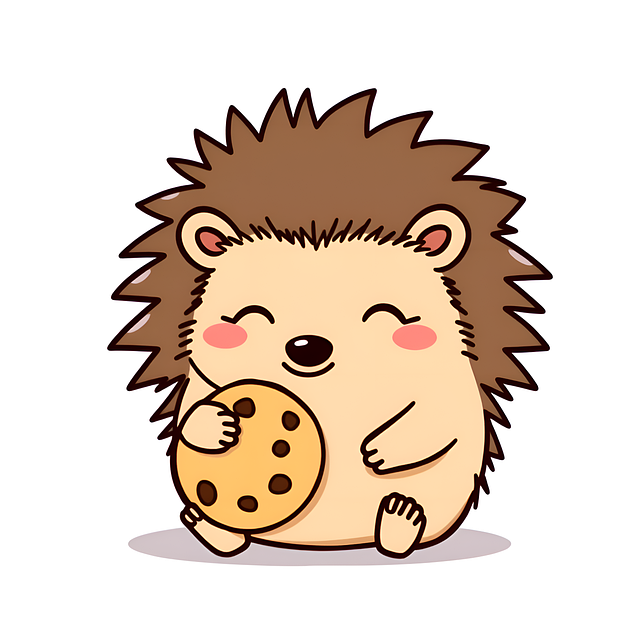
Personalized cookie decorating offers a delightful way to add a unique touch to any celebration or event. With royal icing as your canvas, the possibilities for creativity are endless. One popular idea is to design cookies with guest names or initial monograms, creating personalized place settings that double as delicious treats. You can also incorporate special themes or occasions by using relevant imagery—for instance, baking cookies shaped like miniature birthday cakes for a kid’s party or decorating them with seasonal motifs during the holidays.
Another creative approach is to craft cookie décor based on hobbies or interests. For sports enthusiasts, consider designing cookies with team logos or iconic stadium images. Art lovers might appreciate cookies adorned with famous paintings or sculptures, while music fans could have cookies featuring musical notes or their favorite bands’ logos. Personalized cookies not only add visual appeal but also serve as memorable keepsakes for guests to enjoy long after the event has ended.
Techniques for Advanced Decorations
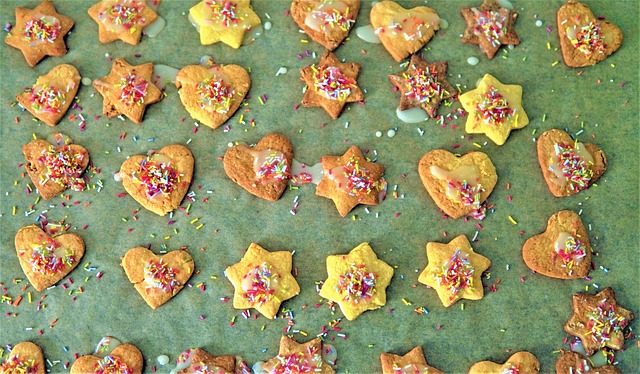
To elevate your royal icing game and create stunning, personalized cookies, explore advanced decoration techniques. One such technique involves piping intricate designs using specialized nozzles. These allow for precise control, enabling artists to craft delicate flourishes, swirls, and even miniature works of art on each cookie. Experiment with different nozzle shapes to achieve a variety of effects, from thin lines that add texture to thick rods for creating architectural details.
Another advanced method is the use of hand-piping techniques for intricate patterns. This involves carefully piping small dots or lines in specific arrangements to form complex motifs. By combining these techniques with various colors of royal icing, you can design personalized cookies that are truly one-of-a-kind and sure to impress.
Troubleshooting Common Mistakes
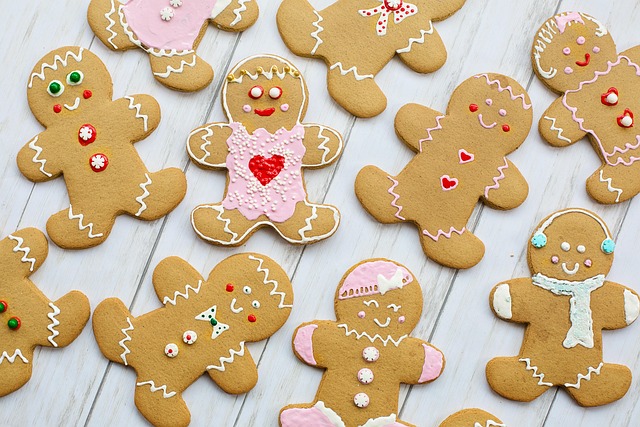
When it comes to royal icing, even experienced bakers can encounter some common pitfalls. One frequent mistake is overworking the icing, which leads to a stiff and unyielding consistency. Remember, less is more when it comes to mixing. Simply combine the icing sugar, meringue powder, and liquid until smooth; over-mixing can result in a grainy texture. Another issue could be uneven consistency, causing some areas of your design to be too thick or thin. Ensure you measure ingredients accurately and use room-temperature ingredients for best results.
Creating personalized cookies with royal icing offers endless creative possibilities. However, the key to success lies in practice and patience. Take the time to experiment with different techniques, such as flooding, piping, and spritzing, to achieve various effects. Don’t be discouraged by initial attempts; even the most intricate designs can be mastered with careful observation and adjustment. Remember, troubleshooting common mistakes will help you refine your skills and produce stunning royal icing creations.
